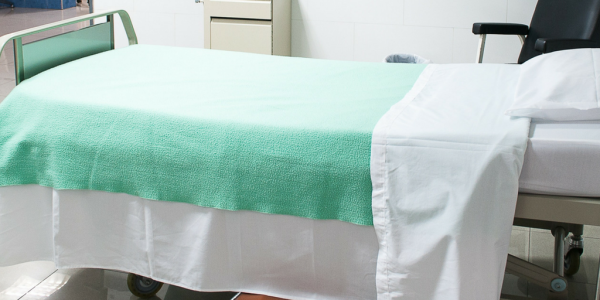The problem is big, and we’ve said it before:
- 3.6 million medical appointments are missed or delayed each year due to patient transportation challenges.
- Missed appointments cost the US healthcare system more than $150 billion a year.
While these statistics largely focus on out-patient transportation needs, headaches with medical transportation extend to the inpatient hospital setting as well.
Issues with transportation services and a lack of transport options result in poor bedflow management for hospitals and health systems. We’re on a mission to create better patient journeys from start to finish that supports a better quality of care and better health outcomes for patients everywhere.
Patient Flow
Patient flow is the healthcare system’s movement of patients through stages of care. It encompasses medical care itself, physical resources, and internal support and systems; everything from the point of admission to the point of discharge. The goal of patient flow is to move patients effectively and efficiently while maintaining quality care and patient satisfaction. As a critical component of process management, optimizing patient flow is a great way for hospitals and healthcare facilities to improve access to care, patient safety, and health outcomes.
The definition of patient flow focuses on how it works in its ideal state. More often, we see patient flow problems and broken systems: chronic delay of care across entire departments, patients ready for discharge but no reliable solution in place to get them home.
It Starts and Ends with Transportation
Every patient journey starts and ends with getting to and from care. What happens when one patient is running late? A bottleneck in the intake system. What happens when one patient has no means of transportation home after a procedure? A bottleneck in the discharge system. When multiple areas of the care continuum are experiencing delays, patients can get stuck in a standstill –leaving other patients who come after them — waiting for their care. The more patients left waiting means more disruption in patient flow and valuable hospital resources, including clinicians, nurses, and beds that are unnecessarily tied-up.
Transportation, as the final step in the patient experience, can produce costly delays throughout the entire system, create a need for additional staffing to monitor patients, and affect a patient’s perception of quality. The Hospital CAHPS Survey, like all patient surveying, is meant to provide unbiased feedback from patients about the care they experienced at a hospital. With the patient’s final ride after the hospital experience often sitting top of mind when completing a survey, transportation delays can have profound consequences and have significant potential to upset Hospital CAHPS scores.
Innovating Patient Transportation
In order to provide the optimal patient flow outcomes, patient transportation for any given health system needs to be:
- reliable
- comprehensive
- easy-to-coordinate
Incremental innovations through new features and releases continue to move our technology to more efficiently solve medical transportation. Our product features like live map views for trips, venue mapping health systems and facilities, and patient ride notifications help optimize timeliness of patient rides. From a transport provider perspective, integrations with partners like WellRyde are helping us seamlessly push out ride requests to move providers in a more efficient manner. Finally, it’s about the people we serve. We are driven to serve patients and health systems with the greatest need for medical transportation — the aging population, Medicaid patients, those living in rural areas, and Americans whose native language is not English. Every vehicle for every ride for every patient. Optimizing patient flow is an ongoing challenge, but incremental innovations prove to make big impacts every day.
